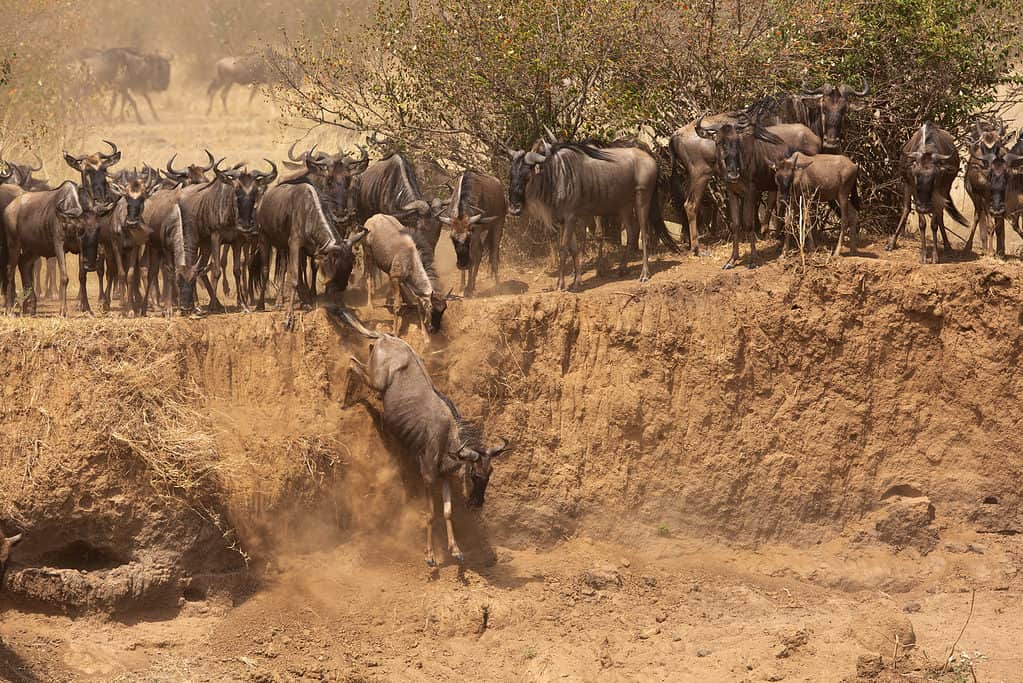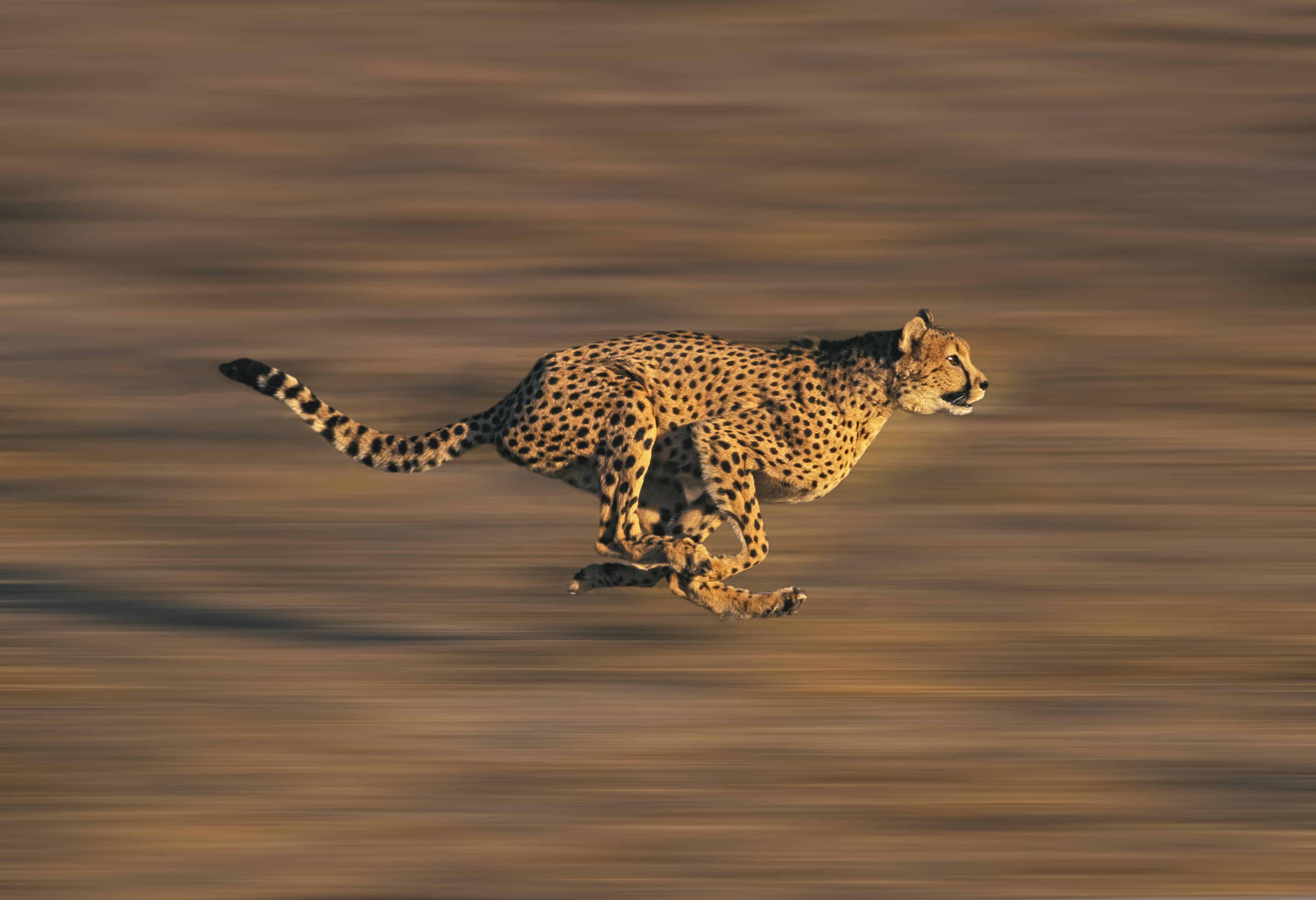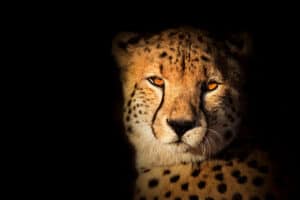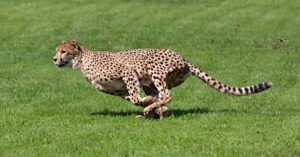The Cheetah’s Hunting Method is Unique Among Big Cats
Cheetahs hunt uniquely than most African cats, which hunt at night. The term “crepuscular” refers to cheetahs’ propensity for hunting at dawn and twilight. Cheetahs frequently hunt throughout the day in locations with lots of rival animals.
The likelihood of successful hunting is increased by minimizing hunting times that overlap with those of other predators. Cheetahs prefer to hunt by using their speed over their strength. A video from the Maasai Mara National Reserve shows just how fast these felines can be.
See The Speedy Cheetah for Yourself in This Amazing Video!
It starts with a cheetah seemingly stalking a wildebeest. From a distance, the cat keeps a close watch on its target, waiting for the perfect moment to pounce. When a cheetah is ready to catch its prey, it will make a sudden dash toward them.
This is precisely what happens next. The spotted cat lunges toward the wildebeest, causing it to run for its life. Unfortunately for the wildebeest, it ultimately gets taken down by the hungry cat.

Cheetahs may be the only animal able to outrun the speedy wildebeest.
©Chaithanya Krishnan/Shutterstock.com
The moment we see the wildebeest’s legs in the air, multiple safari vehicles rush toward the scene. This provides tourists with an unforgettable view of just how wild nature can be. How can a wildebeest protect itself when these animals are so quick?

Cheetahs are known for their incredible speed.
©Marcel Brekelmans/Shutterstock.com
Wildebeest’s Defense is in Numbers and Speed
Although they’re only in the area during migration, the number one defense strategy wildebeests can use is the power in numbers. If a wildebeest strays from the herd, it is much more likely to become a big cat’s next meal.
The annual migration of wildebeest in May or June is considered to be one of the wonders of the natural world. More than 1.5 million wildebeest migrate in an enormous loop in an effort to find food and water. The journey is perilous, to say the least, with numerous big cats hiding in the plains and hungry crocodiles in the rivers they cross.
In addition to wildebeests’ speed and the safety of the herd – they also have massive horns that they can use to injure attackers. A herd of wildebeest will assemble and start trampling the ground to defend itself. Additionally, they made audible calls to alert the herd of the threat.
Adult wildebeests may run away from predators at speeds of more than 50 miles per hour. Although this is fast, 50 miles per hour is low gear for cheetahs. These cats can sprint up to 80 miles per hour!

While they may not look athletic – wildebeest can run up to 50 mph!
©Dr Ajay Kumar Singh/Shutterstock.com
Other Animals You Might See at the Maasai Mara National Reserve
The Masai Mara National Reserve, which is in southwest Kenya, is a beautiful stretch of sweeping African savannah grasslands that border Tanzania’s Serengeti National Park to the south. Masai Mara is a special place for animal protection. It is famous for its incredible wildlife richness.
With a large number of elephants, buffalo, giraffes, lions, and cheetahs in addition to the migrating wildebeest and zebra, the protected area is an animal lover’s dream. Tourists often spot leopards here as well.

African elephants are often seen on safari at the Masai Mara National Park.
©iStock.com/WillieErasmus
If you’re lucky, you may see an endangered black rhino hiding in thick undergrowth. Huge crocodiles and rafts of hippos call the Mara River their home at the reserve. Visitors can find over 450 different bird species throughout the reserve.
Thank you for reading! Have some feedback for us? Contact the AZ Animals editorial team.








